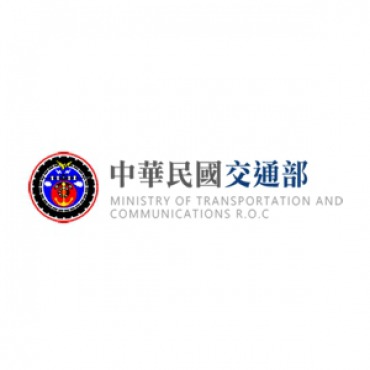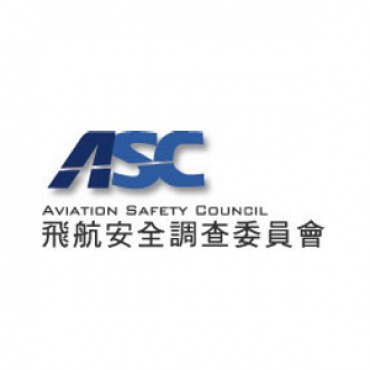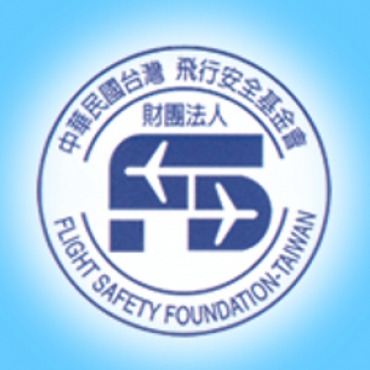Civil Aviation in Taiwan
Organizations in Taiwan
The CADF was established to help with development of Taiwan’s aviation industry, and the advancement of other major transportation development projects in Taiwan, ROC. Towards this goal, its scope of business covers
Current Aviation Safety in Taiwan
Current Statistics
Overall, in the civil air transportation for nearly a decade (2007-2016), international routes and domestic routes have shown different growth and decline trends.
Safety Management System
Safety management system (SMS) is a comprehensive management system designed to manage safety elements in the workplace. It includes policy, objectives, plans, procedures, organization, responsibilities and other measures.
Safety Culture
According to the definition of SKYbrary, Safety Culture is the way safety is perceived, valued and prioritized in an organization.
Safety Culture reflects the real commitment to safety at all levels in the organization.









